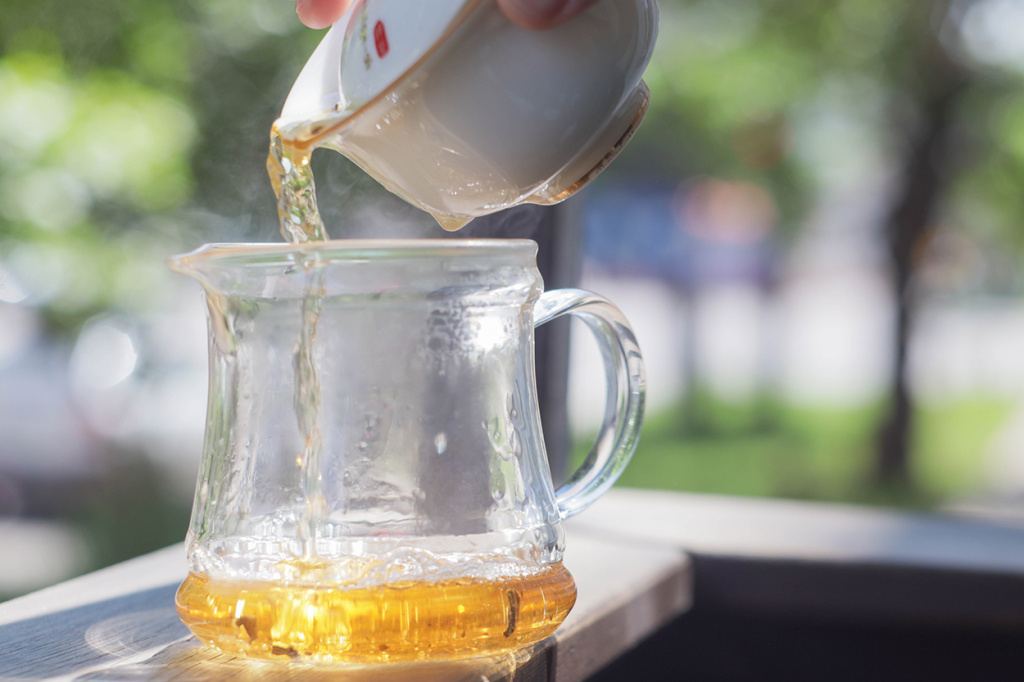Antimicrobial and antifungal properties of tea
Tea is not only a tasty and aromatic drink, but also a powerful remedy with many beneficial properties. One of the most important aspects of its effect on the body is its antimicrobial and antifungal properties.
These properties of tea are due to the presence of various biologically active compounds in its composition, such as catechins, alkaloids and amino acids, which are capable of fighting pathogenic microorganisms and fungi.
Antimicrobial properties of tea
Tea, especially green and oolong tea, contains large amounts of catechins, the most active of which is epigallocatechin gallate (EGCG). Studies conducted on the chemical composition of oolong tea have shown that EGCG has a broad spectrum of antimicrobial activity, including activity against gram-positive and gram-negative bacteria such as Micrococcus tetragenus and Escherichia coli. These bacteria can cause a variety of inflammatory diseases, including pneumonia, sepsis, and gastroenteritis. The study also found that EGCG content increases with the age of the tea, leading to increased antibacterial activity of the tea.
Link to the study: https://pmc.ncbi.nlm.nih.gov/articles/PMC11074310/
In addition, tea contains other compounds such as amino acids (aspartic acid, threonine, serine, γ-aminobutyric acid, ornithine, alanine, arginine), which also contribute to the antibacterial effect. Correlation analysis showed that these metabolites directly affect the ability of tea to inhibit bacterial growth. For example, aspartic acid and arginine show a significant correlation with antibacterial activity against E. coli and M. tetragenus.
Activity against bacteria
Tea extracts demonstrate antibacterial activity against a wide range of pathogenic bacteria, including both gram-positive and gram-negative species. The study examined the effects of tea against:
- Micrococcus tetragenus (gram-positive): a bacterium that causes inflammatory diseases including pneumonia, endocarditis, sepsis, and meningitis.
- Escherichia coli (gram negative): a common pathogen that can cause gastroenteritis and associated inflammation.
Studies have shown that tea extracts are also effective against many bacterial pathogens, including:
- Staphylococcus aureus
- Pseudomonas aeruginosa
- Types of Salmonella
- Listeria monocytogenes
- Fusobacterium nucleatum
Antifungal properties
Tea extracts also have significant antifungal activity. The catechins in tea, particularly EGCG, have shown efficacy against a variety of fungal pathogens, including:
- Candida albicans and other Candida species
- Aspergillus nigra
- Species of the genus Penicillium
- Dermatophytes (fungi that cause skin infections)
The mechanisms of antifungal action include destruction of fungal cell membranes, inhibition of essential enzymes, and disruption of fungal adhesion to host tissues.
Mechanisms of antimicrobial action of tea
Tea compounds exert antimicrobial effects through several mechanisms:
Membrane disruption. Catechins, particularly EGCG, can bind to bacterial cell membranes, causing damage to their structure and disrupting their integrity. This leads to leakage of cellular contents and ultimately cell death.
Enzyme inhibition: Tea polyphenols can inhibit essential bacterial enzymes required for cellular metabolism and DNA replication, thereby preventing bacterial growth and reproduction.
Inhibition of biofilm. Studies have shown that tea extracts can prevent the formation of bacterial biofilm, which is a critical virulence factor in many bacterial infections. This is especially important for infections that are resistant to conventional antibiotic treatment.
Iron chelation: Catechins can chelate iron, an essential nutrient for most bacteria, thereby limiting bacterial growth due to nutritional deficiencies.
Antifungal properties of tea
In addition to its antibacterial properties, tea also has antifungal properties. Catechins such as EGCG are able to inhibit the growth of fungi, making tea an effective remedy for fungal infections. For example, studies have shown that tea extracts can inhibit the growth of Fusobacterium nucleatum, which is associated with inflammatory diseases of the oral cavity. This is due to the fact that catechins disrupt the structure of the cell membrane of fungi, which leads to their death.

Interestingly, the antimicrobial properties of tea can change depending on the conditions and duration of storage. Studies have shown that when oolong tea is stored for 16 weeks at 25°C, its antibacterial and antifungal activity increases. This is due to an increase in the content of EGCG and other catechins, as well as a change in the composition of amino acids. For example, the content of γ-aminobutyric acid (GABA) and arginine increases, which also contributes to an increase in the antimicrobial effect.
Conclusion
Tea is not only a tasty drink, but also a powerful natural remedy with pronounced antimicrobial and antifungal properties. These properties are due to the presence of catechins, alkaloids and amino acids in its composition, which can suppress the growth of pathogenic bacteria and fungi. At the same time, the antimicrobial activity of tea can be enhanced by proper storage, which makes it an even more valuable product for maintaining health. Thus, regular consumption of tea, especially aged tea, can become an important part of the prevention of infectious and fungal diseases and strengthening the immune system.

- Comments
- Vkontakte








